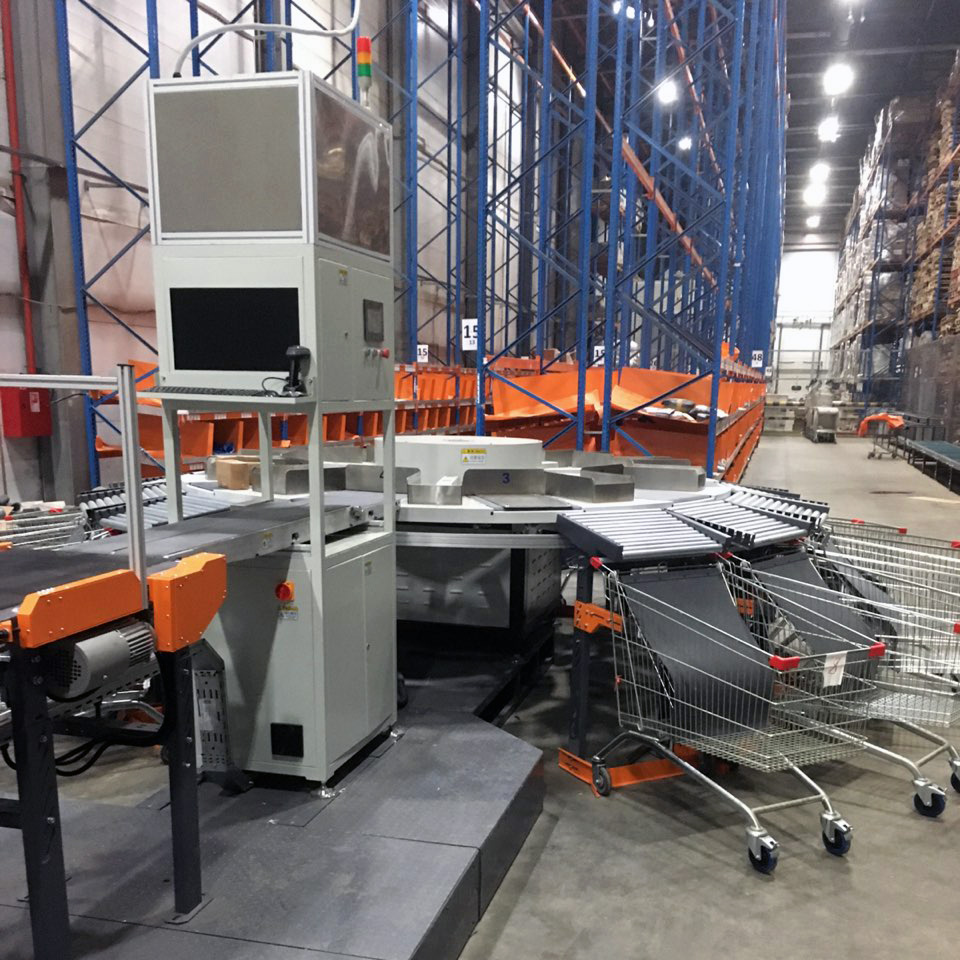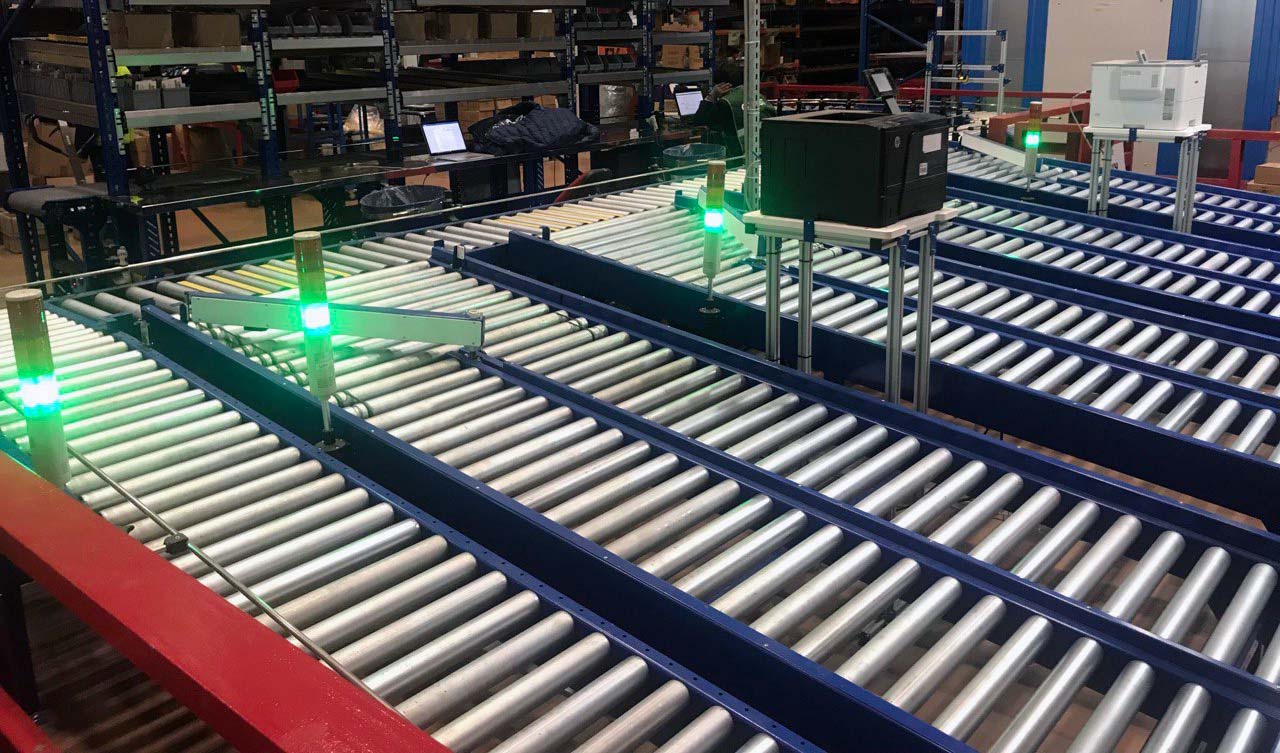Conveyors have two main items of expenditure:
When you carry on capital costs, you should not forget about operating costs, since the service life of your conveyor system ultimately depends on them. This is the only way you can be sure that you will provide the effective implementation of the planned business process.
Recommendations for increasing the service life of equipment:

Learn more about each item::
To summarize:

